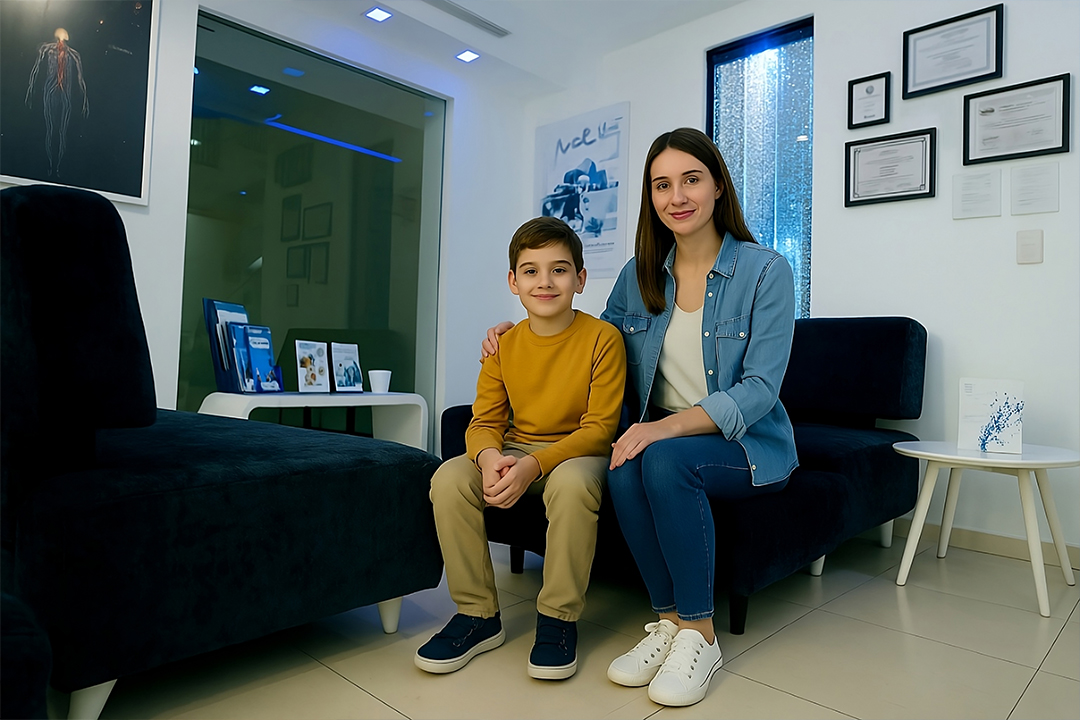Listen to the article in audio format
Are stem cell treatments effective for neurological and developmental disorders? Here’s everything you need to know about stem cell therapy for autism.
About 1% of the world’s population has autism spectrum disorder – that’s more than 75 million people worldwide, including 1 in 36 children in the US according to the Centres for Disease Control and Prevention.
This neurodevelopmental condition has proved to be complex when it comes to treatment – not only because it exists on a broad spectrum, but also because the symptoms and severity can vary widely between individuals.
While there is no known cure for autism, we definitely recommend considering stem cells as an alternative treatment to manage your symptoms and improve your quality of life. So, if you are wondering: “Does stem cell therapy for autism really work?”, this article is for you.
In this article, we will explain everything you need to know when it comes to stem cell therapy for autism – from how it works to the potential it has to help you or your loved ones navigate life through the spectrum.
So, let’s get right into it:
How Does Stem Cell Therapy For Autism Work?
In order to understand how stem cell therapy for autism works, we need to look at what happens behind autism. What exactly is autism, and what are its main causes?
What Is Autism?
As we just mentioned, autism is a complex neurodevelopmental condition that affects the way a person communicates, behaves, and interacts with others.
Because the severity and symptoms can be within a wide range, it’s called a “spectrum” rather than a one-size-fits-all diagnosis – meaning that no two individuals with autism experience it in exactly the same way.
With that being said, some common characteristics include:
- Difficulties in handling social interactions
- Challenges with verbal and non-verbal communication
- Repetitive behaviors
- Restricted interests
- Sensory sensitivities (sound, light, textures, etc.)
- Differences in learning, thinking, or problem solving
What Causes Autism?
Before we dive into how stem cell therapy for autism works, we also need to understand what causes autism.
That’s because the potential effectiveness of stem cell treatments (and just any treatments in general) depends on the underlying factors contributing to the condition. However, it’s important to keep in mind that with autism, it’s not that simple.
In reality, what causes this neurodevelopmental condition is not fully understood – according to research, it’s a combination of different factors, including:
- Genetics – Certain gene mutations or inherited traits may increase likelihood
- Prenatal factors – Including environmental toxins, infections, or medications
- Complications during birth – Such as premature birth or low birth weight
- Neurological differences – Structural and functional differences are also a factor
How Do Autism Stem Cell Treatments Work?
Now that we have a basic idea of what autism is, and what are some factors that contribute to it, let’s get back to our main question – how does stem cell therapy for autism work? What exactly is the premise of this treatment, and what can you expect from it?
If you are suffering from an Autism Spectrum Disorder (ASD), certain functions in the brain and immune system can contribute to inflammation, impaired neural connectivity, and imbalances in how your body processes information and responds to stimuli.
Stem cell therapy for autism has a regenerative approach to addressing these issues – as opposed to only targeting the symptoms at a surface level, it uses stem cells to regulate the immune response and reduce inflammation.
In addition, stem cells have the potential to repair or support the development of neural pathways, which means that you or your loved one may improve in terms of behavior, communication, and even cognitive function.
At Cellular Hope Institute, we use Mesenchymal Stem Cells (MSCs) and umbilical cord-derived stem cells to deliver targeted, science-backed therapy aimed at modulating the immune system, promoting neural repair, and enhancing overall brain function.
These cells are known for their strong anti-inflammatory and regenerative properties, making them a promising option for addressing some of the underlying biological factors associated with autism.
What Are The Benefits of Stem Cell Therapy For Autism?
So, what can you expect from a stem cell autism treatment? Here are some of the improvements and benefits that patients at our clinic notice:
- Better Social Interaction – You may experience better eye contact, more effective engagement with other individuals, as well as enhanced responsiveness to social cues after the treatment.
- Improved Communication – Another key benefit of stem cell therapy for autism are enhanced communication skills in both verbal and non-verbal communication. You may also notice a richer vocabulary, as well as clearer speech.
- Fewer Repetitive Behaviors – In some cases, treatments with stem cells can reduce the repetitive or obsessive behaviors that some individuals experience.
- Emotional Regulation – As we mentioned earlier, autism stem cell treatments may help balance inflammatory and neurological processes that influence mood and emotional control, leading to better emotional regulation.
- Improved Concentration – If you or your loved one is getting stem cell therapy for autism, another important benefit is improved concentration and attention. This makes it easier, especially for children with autism, to participate in therapy, school, or even regular daily activities.
- Lessened Sensory Sensitivities – At our clinic, we have also noticed reduced sensitivity to sounds, textures, and lights by some patients, contributing to a more comfortable and manageable environment.
Can Stem Cell Therapy Fully Cure Autism?
Unfortunately, there is no known treatment or procedure that can fully cure autism, which means that stem cell therapy cannot promise a complete reversal of the condition.
Curing autism is not yet possible because it is a highly complex and multifaceted neurodevelopmental disorder with a wide range of genetic, neurological, and environmental factors involved.
Each individual with autism is unique, with different underlying causes and symptom profiles, making it difficult to develop a one-size-fits-all solution. Instead, we recommend viewing stem cell therapy for autism as a way to improve symptoms and enhance overall quality of life.
How Long Does It Take For Stem Cell Therapy For Autism To Work?
If you are considering a stem cell treatment for autism for you, your child or a loved one, you are probably wondering – how long is it going to take until we see results? It’s important to keep in mind that the timeline can vary between individuals.
Some patients may see subtle improvements from stem cell therapy for autism within weeks, while others may begin to notice them after several months. In general, we recommend monitoring your progress over a period of 3 to 6 months post-treatment.
The effectiveness of the treatment also depend on multiple factors, including:
- Patient’s age
- Severity of patient’s symptoms
- Type and source of stem cells used
- Overall health and immune system function
- Number of stem cell infusion
- Presence of additional therapies (behavioral, educational, etc.)
It’s also worth noting that improvements may come in gradual, incremental ways – such as better focus, improved sleep, more engagement in social settings, or enhanced communication skills.
Because these changes can be subtle at first, progress is often tracked using behavioral assessments, parent feedback, and clinical observations over time.
Which Is The Best Stem Cell Clinic for Stem Cell Therapy For Autism?
The best stem cell clinic for autism stem cell therapy is Cellular Hope Institute, located in Cancun, México. We are known for our innovative facilities, advanced regenerative therapies, and a team of highly experienced physicians.
If you are looking improve your symptoms while significantly improving your quality of life, look no further than Cellular Hope Institute. We will accompany you at every step of the process – from picking you up at the airport to ensuring top-notch post-treatment care.
Are you ready to get started? Schedule a consultation today.
FAQ
How successful is stem cell therapy for autism?
Stem cell therapy for autism shows promising results. Patients experience improvements in communication, behavior, and social interaction. Success depends on individual factors like age, symptom severity, and the type of stem cells used.
Which country is best for stem cell treatment for autism?
Countries like Panama, India, and Mexico are considered leading destinations for stem cell treatment for autism due to their advanced clinics, experienced specialists, and more flexible regulations.
Mexico, in particular, is well-known for using umbilical cord-derived stem cells in autism therapy. However, it’s essential to research clinics carefully and consult medical professionals before proceeding.
How long does it take for a stem cell infusion for autism to work?
Results from a stem cell infusion for autism can vary, but improvements are typically observed within 1 to 6 months after treatment. Some individuals may notice subtle changes in behavior, communication, or focus within weeks, while others may take longer.
Progress is often gradual, and multiple infusions or ongoing therapies may be recommended for sustained benefits.
What are the side effects of stem cell therapy for autism?
Stem cell therapy for autism is generally considered safe when performed at reputable clinics, but potential side effects can include fever, headache, fatigue, or mild allergic reactions.
In rare cases, there may be a risk of infection or inflammation at the injection site. Long-term effects are still being studied, so it’s important to proceed with caution and medical guidance.
What is the recovery time of stem cell autism treatments?
Recovery time after stem cell therapy for autism is usually minimal. Most patients can resume normal activities within a day or two after the procedure.
Some may experience mild fatigue or flu-like symptoms for a short period. However, the full effects of the treatment may take weeks or months to appear, depending on the individual’s response.

